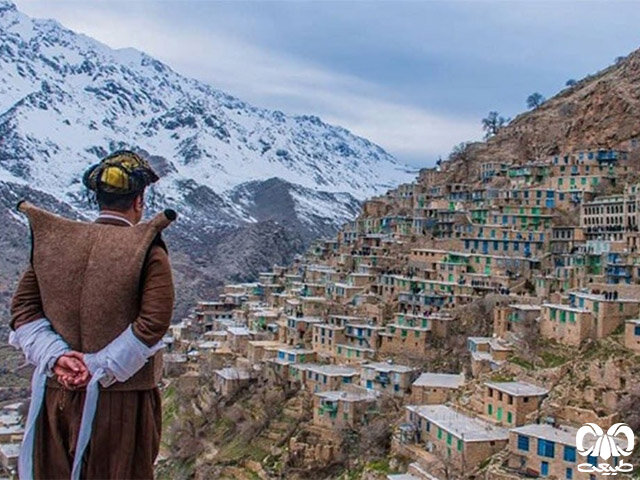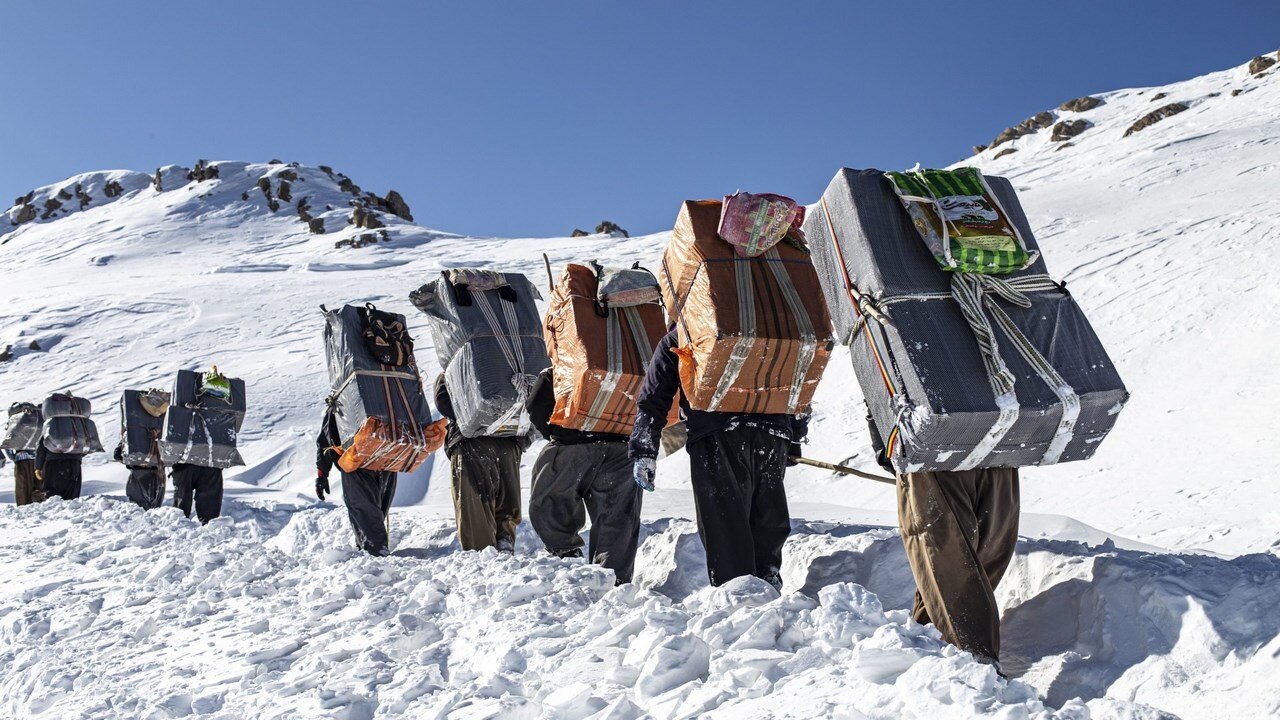UNESCO listing brings economic boom to Uramanat region
UNESCO listing brings economic boom to Uramanat region
TEHRAN - On the anniversary of the World Heritage inscription of the Cultural Landscape of Uramanat, a local tourism official stated that UNESCO recognition has boosted employment across the rural region.

Some “kulbars” (people who carry heavy loads over the Iran-Iraq border) have transitioned into the tourism sector, mostly working in eco-tourism businesses and creating jobs not only for themselves but also for entire families, ISNA quoted Golan Farzami as saying on Sunday
Referring to the date of the World Heritage inscription of Uramanat, which corresponds to July 27, 2021, the official noted that this listing took place during the 44th session of UNESCO in China and was unanimously approved as Iran's 26th site on the World Heritage list.
In an interview with ISNA, the official reminded that this year marks the third anniversary of the inscription of the Cultural Landscape of Hawraman/Uramanat, which is the most extensive cultural landscape of Iran on UNESCO's World Heritage List.
The deputy director of Kordestan’s tourism directorate elaborated on the actions taken since the UNESCO inclusion and the impact it has had, explaining that recognition has notably strengthened employment opportunities in this border region.
Farzami added that the villagers in the Uramanat area are gradually realizing the significance of the World Heritage designation and are cooperating with our programs, showing that we have the support of the local communities.
Farzami stated that the World Heritage inscription has increased awareness of tourism prospects among the local people.

The cultural landscape is situated at the heart of the Zagros Mountains in the provinces of Kordestan and Kermanshah along the western border of Iran.
According to the UN cultural body, the Hawraman/Uramanat region is a UNESCO World Heritage site comprised of two main component parts: the Central-Eastern Valley, which includes Zhaverud and Takht in Kordestan province, and the Western Valley, located in Lahun, Kermanshah province. The people in these areas have adapted their way of life over millennia to suit the rugged mountainous environment.
Archaeological findings in the region, including artifacts dating back approximately 40,000 years, caves, rock shelters, ancient paths, and inscriptions, provide evidence of continuous human habitation from the Paleolithic era to the present. Other historical elements, such as cemeteries, mounds, castles, and settlements, also highlight the persistence of the semi-nomadic lifestyle and agropastoral practices that have defined the region's inhabitants for centuries.
Uramanat serves as an exceptional testimony to the cultural traditions of the Hawrami people, a Kurdish tribe residing in the Zagros Mountains for thousands of years. This rich cultural heritage is exemplified by ancestral practices such as transhumance, the seasonal migration between fixed summer and winter pastures known as Havars, and steep-slope terraced agriculture. The region also showcases sophisticated soil and water management techniques and traditional knowledge essential for planning and constructing steeply terraced villages.
Furthermore, the Uramanat region is renowned for its vibrant intangible heritage, reflecting a harmonious coexistence with nature.
AFM
source: tehrantimes.com